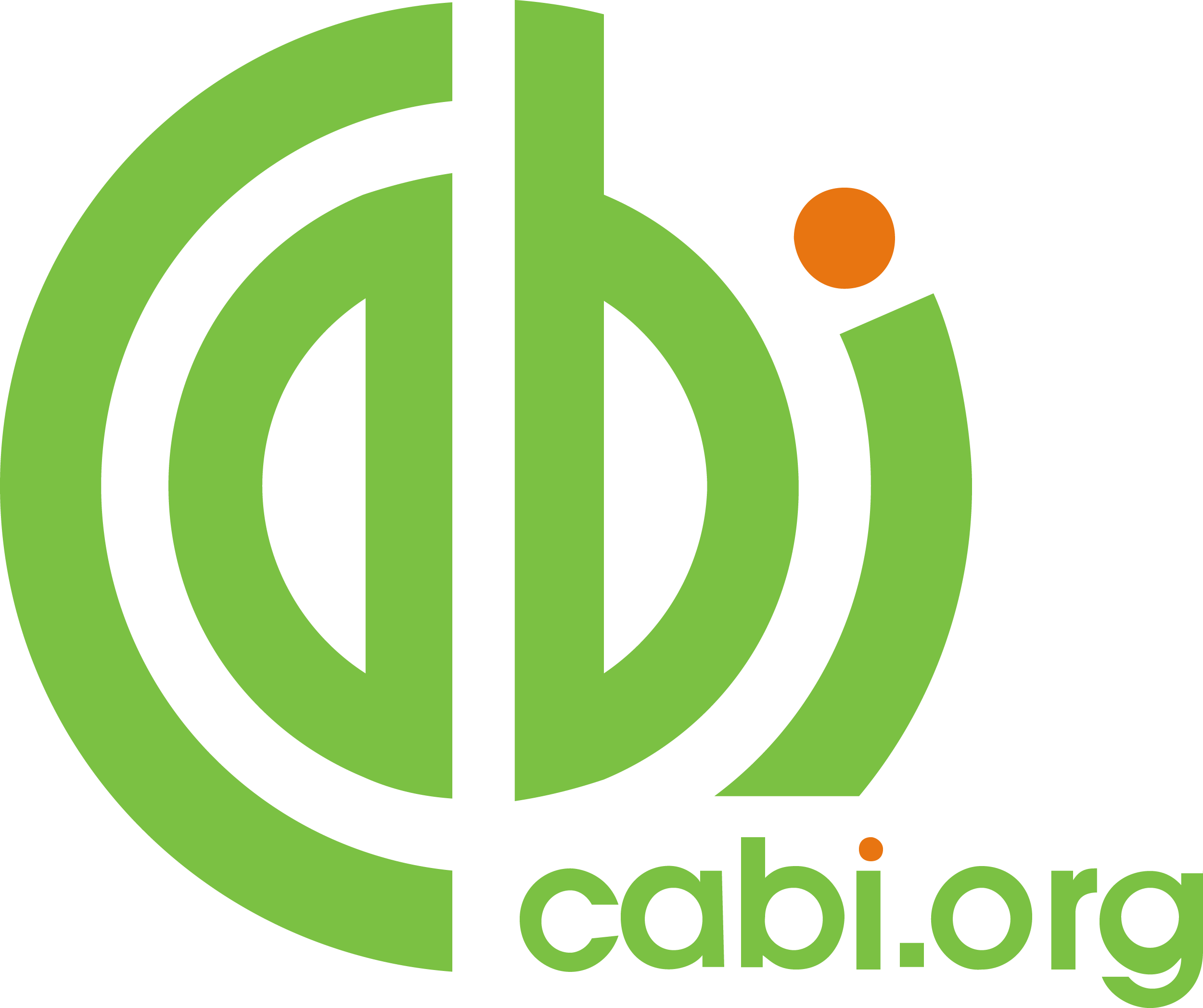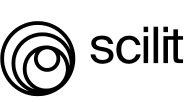Posdecomisary wild fauna: between euthanasia, therapeutic cruelty and disthanasia
DOI:
https://doi.org/10.47847/fagropec.v12n1a1Keywords:
Rescate, antropización, rehabilitación, liberación, reubicaciónAbstract
The problem of illicit use of wildlife in Colombia does not concentrate only in the need for real data access or strict compliance with the regulatory framework, but it involucrate even more serious matter with social, environmental, economic and legal implications. Moreover the problem has a moral, ethical and bioethical focus for those involved and corresponds to the handling and destination of seized, rescued or voluntarily delivered wildlife specimens. The investigation sought to look for the general panorama of pressure on wild species, the normative indications established for their management and the main governmental actions. General guidelines of the established theory were used for the information gathering process. The analysis of the normative guidelines was developed from a dogmatic legal reference, but the analysis of the results was based only on the currently valid normative guidelines. For the contextualization of the identified legal framework, the information available from scientific publications or issued by environmental entities was used. Especially the information of the regions with greater impact on the study problem, such as the department of Caquetá, was investigated. The aim of the research was not to suggest euthanasia as the best alternative for the management of postconfiscated wildlife, but as the need for consideration and analysis due to the possible presence of cases of therapeutic cruelty and disthanasia. Mainly this cases are derived from the actions of government entities. It is also worth mentioning the necessary activation of alternative management mechanisms such as zoocría.
Downloads
Downloads
Published
Issue
Section
License

This work is licensed under a Creative Commons Attribution-NonCommercial-ShareAlike 4.0 International License.




























